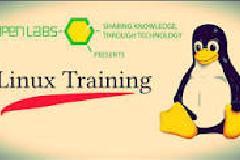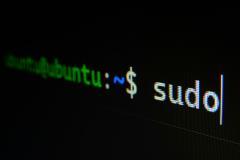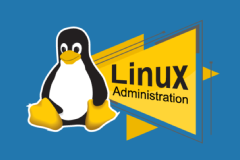1. Installation and Initialization
Learning Objectives - In this module, you will understand how to install Linux. You will learn partitions, package selections and post install configurations.
Topics - Installation, Package Selection, First Boot: Post-Install Configuration, Anatomy of a Kickstart File, Command line, Introduction to Bash Shell, Stream text
editor (grep, sed and awk), System Initialization, Starting the Boot Process: GRUB, Run Levels.
2. User Administration
Learning Objectives - In this module, we will learn the concept of user administration in Linux. We also learn how to add new user account, modify and delete existing
user account. We will also discuss network users and file permission techniques
Topics - Adding a New User Account, User Private Groups, Modifying / Deleting User Accounts, Group Administration, Password Aging Policies, Switching Accounts, sudo,
Network Users, Authentication Configuration, SUID and SGID Executable, SGID Directories, The Sticky Bit, Default File Permissions, Access Control Lists (ACLs)
3. Boot and Package Management
Learning Objectives - In this module, you will learn about boot management system, configuring services to run at boot. You will understand package management, which
includes installing and removing software and updating a Kernel RPM.
Topics - Setting kernel parameters, Configuring services to run at boot, Securing single-user mode (su login), Shutting down and rebooting the system, RPM Package
Manager, Installing and Removing Software, Updating a Kernel RPM, rpm Queries, rpm Verification, About yum, Using yum, Searching packages/files, Configuring Additional
Repositories, Apt-get command set, Apt-cache package management, Dpkg command set, Quizzes, LAB, Q & A, Quick Recap.
4. Security Administration, Shell Script and Virtualization
Learning Objectives - In this module, we will learn about Linux security administration, Shell Script, and Virtualization.
Topics - SELinux Overview, SELinux Tools, SELinux Contexts, SELinux Booleans, Boot level security (GRUB), Security need for TCP wrappers, /etc/inetd.conf,
/etc/hosts.allow and /etc/hosts.deny, Xinetd, Securing shell (change, default port, prevent root access), Securing Shell (Public/ Private), Securing Shell (managing IP
allow and deny), Install and configuring antiviruses (clamAV and LMD), Different type of shell, Shell script basics, Executing shell scripts, Header, comments on
script, Redirection, Environment Variables, Conditions, Loops, Introduction to KVM Virtualization, Virtual Machine installation, Configuring Virtual Machines, Quizzes,
LAB, Q & A, Quick Recap.








